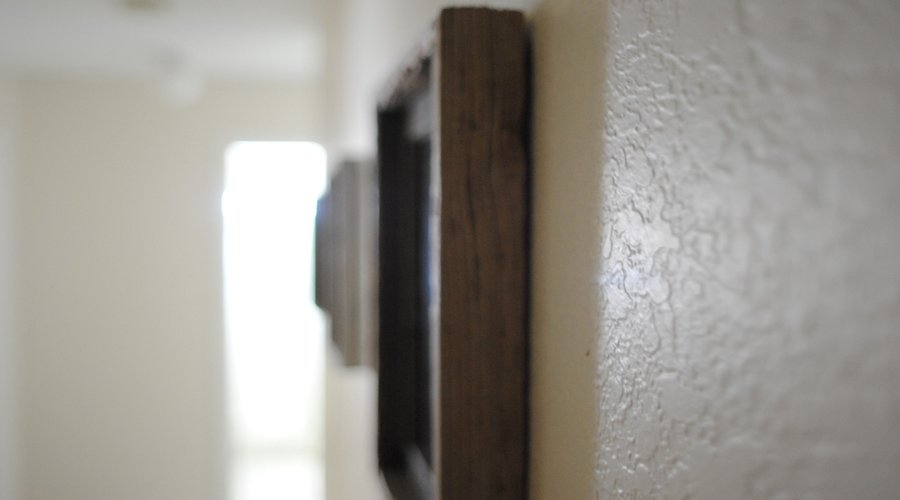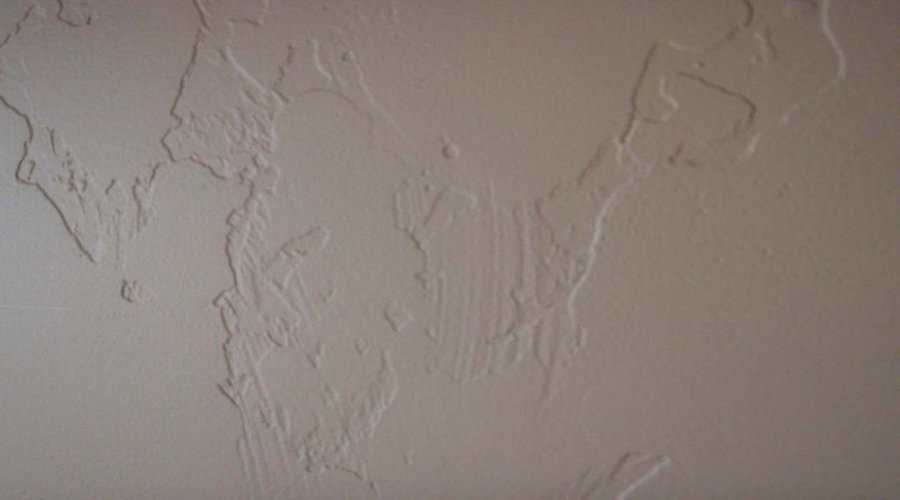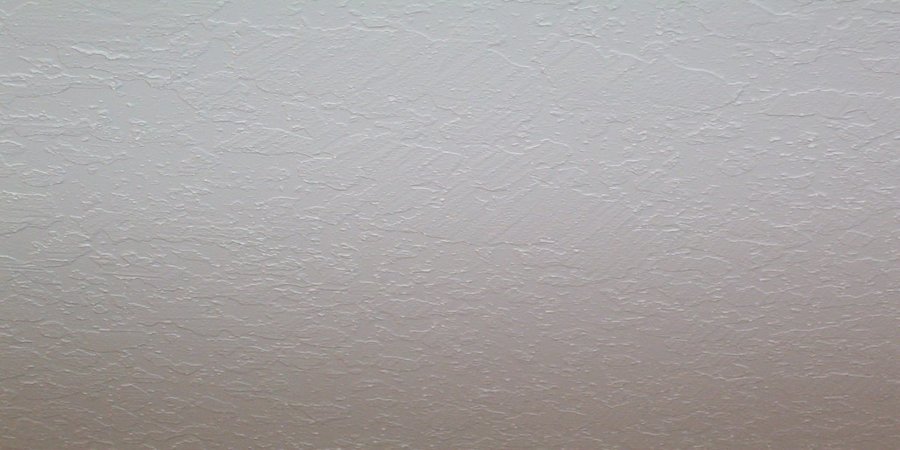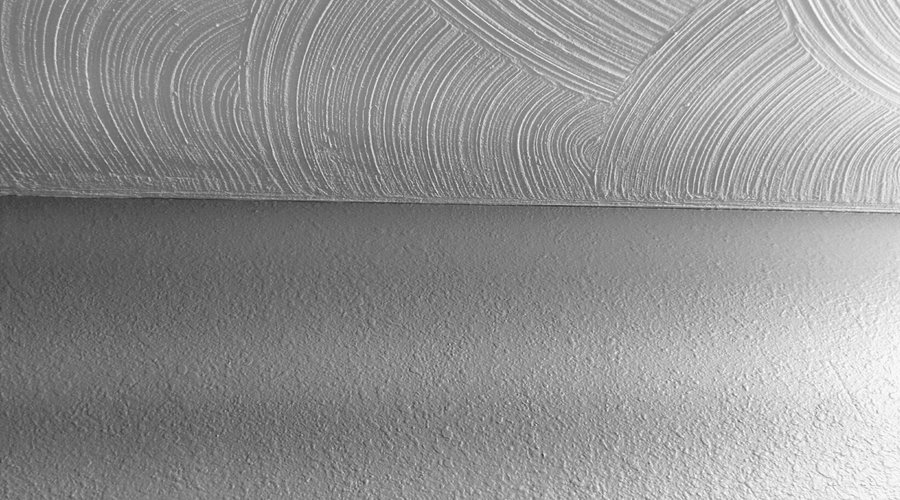A Guide to Drywall Texture Techniques
What is Texture Paint?
When renovating, a lick of fresh paint is often the staple of any DIY project. While painting the walls can breathe new life into your space, these projects are usually limited to colour alone. Painting professionals suggest making use of both texture and paint can raise the aesthetic value of your home, and hide any unsightly imperfections.
Adding texture to paint is something achieved by applying mud or plaster to drywall before painting. These additions hand or using special spray nozzles. While pre-textured paints exist, creating your style and patterns are the first step to transforming a house into a home.
Types of Wall Texture
Before deciding on the finish, each falls into one of two categories. Categories are defined based on the textures application method. Textures applied with an air compressor and nozzle, are referred to as a spray textures. While the remaining techniques are all completed by hand, because most of the popular drywalls textures are handmade no one pattern will look alike, making this renovation tip a unique and charming addition to any household.
Popcorn texture was a recognizable spray texture known for giving walls a fuzzy or porpoise appearance. It was the standard finish for most walls, this due to its ability to soundproof rooms and cover up any defects left by repair or damage. However, its ongoing association with the highly toxic asbestos means that this once popular method is now on its way out of homes and the business.
Similarly, other spray textures such as orange peel and knockdown finishes are also only seen in hotels or other large commercial buildings as homes and companies are favouring trowel and other tool techniques.
Hand Applied Drywall Texture Techniques
Hawk and Trowel Dry Wall Texture

The hawk and trowel are two flat tools used to create straight, layered designs. Drywall mud is placed first on the hawk, only to be moved off onto the trowel and then applied to the surface. While this method is rare as a traditional finish, the tools create unmatched and streamline designs leaving walls with an exposed or rock-like appearance. While the technique its self can be quiet messy it’s recommended to use in DIY repairs as it’s an easy to match texture.
Santa Fe Dry Wall Texture

This finish provides a minimalistic approach to drywall texturing. Made popular in Santa Fe, New Mexico this finish is chosen for its understated appearance, with the surface appearing smooth from afar only to reveal its hidden element up close. For those looking to implement this look, they’ll need a drywall knife at least 18 inches wide. This texture works best at 60% to 90% coverage as anything lower will begin to resemble a skip trowel texture.
Skip Trowel Texture

Often confused with a Hawk and Trowel pattern, this finish refers to any of the various hand trowel textures. While a real skip trowel texture requires a curved 18-inch knife, its main defining characteristics is the thin application of mud in small circles and its full coverage.
Swirl Texture

Named for its pattern of semi-circle spirals blending into one another - while more popular on ceilings, this texture makes a unique splash wall for the kitchen or bathroom. We recommend consulting with a professional painter before trying this popular drywall texture as the pattern needs to be consistent as does the thinning of the drywall mud required to create the texture.
As handmade markings create these textures, style variation is created, through the flow of the tool but how thick each layer is applied. When hiring a professional painter, it’s always best to see samples of their handiwork to ensure their design is one that you want to replicate.









